Understanding Liposculpture vs Liposuction in Thailand
.jpg)
Are you considering a body contouring procedure in Thailand and feeling a bit overwhelmed by the options? You've likely heard terms like "liposuction" and "liposculpture" thrown around, and it's easy to assume they are one and the same.
However, while both procedures aim to improve your physique by addressing unwanted fat, they are fundamentally different in their approach, goals, and results. Understanding these distinctions is crucial, especially when planning a medical trip to a popular destination like Thailand.
Thailand has become a global hub for cosmetic procedures, offering world-class facilities and skilled surgeons. This guide will demystify liposculpture and liposuction, clarifying their real differences, what they involve, and what you can expect from each.
By the end, you'll have a clearer picture of which procedure might be the best fit for achieving your aesthetic goals, ensuring you make an informed decision on your journey to a more contoured self.
What is the fundamental difference between liposculpture and liposuction?
While both procedures involve removing fat, their objectives diverge significantly. Liposuction, the older and more widely recognized technique, is primarily a fat reduction procedure. Its main goal is to decrease the overall volume of fat in a specific area, such as the abdomen, thighs, or arms. Think of it as a tool for debulking or slimming down areas where diet and exercise have failed.
Liposculpture, on the other hand, takes a more artistic and nuanced approach. It's not just about removing fat but about shaping and refining the body's contours. This often involves removing smaller, more precise amounts of fat from certain areas to highlight underlying musculature or create specific curves.
Crucially, liposculpture frequently incorporates fat grafting (also known as fat transfer), where the removed fat is purified and then reinjected into other parts of the body to add volume, enhance shape, or create a smoother transition between areas. This dual process allows for a more comprehensive body transformation, going beyond simple fat removal to achieve a sculpted look.
Is liposculpture widely available in Thailand?
Thailand has become a leading destination for cosmetic surgery, and its medical facilities are well-equipped to offer a full spectrum of procedures, including advanced liposculpture techniques.
Many hospitals and private clinics in major cities like Bangkok, Phuket, and Chiang Mai boast state-of-the-art technology and highly qualified surgeons who are experienced in intricate body contouring. These facilities often cater specifically to international patients, providing services like translation, accommodation assistance, and post-operative care packages.
Patients traveling to Thailand for liposculpture can expect to find clinics that utilize various modern technologies, including VASER liposculpture, laser liposculpture, and power-assisted liposuction (PAL), which are often part of a comprehensive liposculpture approach.
The competitive market ensures that quality standards remain high, as clinics strive to attract a global clientele. It's always recommended to research and choose a clinic with strong reviews, accredited facilities, and board-certified surgeons specializing in body contouring procedures.
How does the cost of liposculpture compare to liposuction in Thailand?
The cost difference between liposuction and liposculpture in Thailand reflects the complexity and time involved in each procedure. Traditional liposuction, focused purely on fat extraction, tends to be less expensive.
The pricing typically depends on the number of areas treated and the volume of fat removed. Liposculpture, being a more detailed and artistic procedure that often includes fat grafting, requires greater skill, precision, and surgical time, naturally leading to a higher price point.
Despite the higher cost for liposculpture compared to liposuction, both procedures in Thailand are generally significantly more affordable than in countries like the US, UK, or Australia.
This cost-effectiveness, without compromising on quality or safety, is a primary reason for Thailand's popularity in medical tourism. Factors influencing the final price for either procedure include:
- The surgeon's experience and reputation.
- The specific techniques used (e.g., VASER, laser-assisted).
- The number and size of areas being treated.
- Whether fat transfer is included in liposculpture.
- Anesthesia fees and facility costs.
- Post-operative garments and follow-up care.
It's crucial to obtain a detailed quote from your chosen clinic that outlines all included costs to avoid any surprises.
What are the key benefits of choosing liposculpture over liposuction?
Choosing liposculpture offers several distinct advantages, particularly for individuals seeking a more comprehensive aesthetic transformation. The primary benefit is the ability to achieve a highly customized and artistic result. While liposuction reduces fat, liposculpture shapes the body.
This means a surgeon can not only remove unwanted fat but also define muscle contours, enhance curves, and create smoother transitions between body areas. For instance, fat removed from the abdomen can be used to augment the buttocks or breasts, creating a more balanced and harmonious silhouette.
Furthermore, liposculpture often results in a more natural and athletic appearance. By carefully removing fat to reveal underlying musculature, surgeons can create an illusion of increased fitness and definition that traditional liposuction might not achieve.
The fat transfer component utilizes your body's own tissue, minimizing risks of allergic reactions or rejection, and providing a very natural feel and look to the augmented areas. This makes liposculpture ideal for those who are already close to their ideal weight but desire significant improvement in their body's shape and definition.
What are the typical recovery times for liposculpture vs. liposuction?
While both procedures involve a recovery period, the intensity and duration can vary. For traditional liposuction, patients can often return to light activities within a few days and more strenuous exercise after 2-4 weeks. Swelling and bruising are common and gradually diminish over several weeks to months. Compression garments are usually worn for several weeks to help reduce swelling and support the new contours.
Liposculpture, particularly when it includes fat transfer, may have a slightly extended recovery period. The donor sites (where fat was removed) and the recipient sites (where fat was injected) will both require care. Patients might experience more widespread bruising and swelling.
Initial recovery, where you can resume light daily activities, typically takes about 1-2 weeks. However, complete resolution of swelling and the final results can take anywhere from 3 to 6 months. Wearing compression garments is vital for both donor and recipient areas to optimize healing and results. Surgeons will provide specific post-operative instructions tailored to your individual procedure.
Are there specific ideal candidates for liposculpture versus liposuction?
Understanding who is best suited for each procedure is crucial for achieving satisfactory results. Generally, good candidates for both liposuction and liposculpture are in good overall health, non-smokers, and have realistic expectations about the outcomes. Both procedures are not weight-loss solutions but rather body contouring methods.
Ideal Candidates for Liposuction:
- Individuals with distinct, localized fat deposits that are resistant to diet and exercise.
- Those who are within 30% of their ideal body weight.
- People seeking significant fat reduction from specific areas like the abdomen, flanks, or thighs.
- Individuals with good skin elasticity, as liposuction does not typically address loose skin.
Ideal Candidates for Liposculpture:
- Individuals who are already at or very close to their ideal body weight.
- Those looking for subtle, artistic shaping and definition rather than just bulk fat removal.
- People interested in enhancing other body areas (e.g., buttocks, breasts, face) using their own fat.
- Patients with good skin elasticity and muscle tone who desire to reveal or enhance these features.
- Those seeking to improve overall body proportions and create a more athletic or hourglass figure.
A consultation with a qualified surgeon is essential to determine which procedure, if any, is best suited for your specific goals and body type.
What technologies are used for liposuction and liposculpture in Thailand?
Thailand's cosmetic surgery industry prides itself on adopting modern medical technologies to enhance patient safety and outcomes. When considering liposuction or liposculpture, you'll find a range of techniques available:
- Tumescent Liposuction: This is the most common form, where a large volume of saline solution containing lidocaine (a local anesthetic) and epinephrine (a blood vessel constrictor) is injected into the fatty tissue before fat removal. This makes fat removal easier, reduces blood loss, and minimizes discomfort.
- VASER Liposuction (Vibration Amplification of Sound Energy at Resonance): Often used for liposculpture, VASER uses ultrasonic energy to gently loosen fat cells from surrounding tissues. This allows for more precise fat removal, better skin retraction, and is particularly effective for defining muscles.
- Laser-Assisted Liposuction (e.g., SmartLipo): This technique uses a laser fiber inserted under the skin to melt fat cells, making them easier to remove. The laser also stimulates collagen production, which can lead to skin tightening.
- Power-Assisted Liposuction (PAL): PAL uses a vibrating cannula (a thin tube) to break up fat cells, allowing for faster and easier fat removal. It's often preferred for larger volumes of fat or denser fibrous areas.
Many surgeons in Thailand combine these techniques, especially for liposculpture, to achieve the best possible contouring results. The choice of technology will depend on your individual needs, the surgeon's expertise, and the specific areas being treated.
How safe are body contouring procedures in Thailand for medical tourists?
Thailand has a well-established medical tourism infrastructure and a strong reputation for safe and high-quality cosmetic procedures. Many hospitals and clinics cater specifically to international patients and adhere to global healthcare standards. Key factors contributing to their safety include:
- International Accreditation: Many Thai medical facilities hold international accreditations like JCI (Joint Commission International), which signifies adherence to rigorous patient safety and quality-of-care standards.
- Highly Trained Surgeons: Surgeons specializing in cosmetic procedures often receive international training and continuous education, ensuring they are proficient in the latest techniques and safety protocols.
- Advanced Facilities: Clinics are equipped with modern surgical suites, recovery rooms, and diagnostic equipment.
- Comprehensive Pre- and Post-operative Care: Reputable clinics provide thorough consultations, detailed pre-operative assessments, and clear post-operative instructions and follow-up care.
However, as with any medical procedure, risks exist. It's crucial for medical tourists to conduct thorough research, verify credentials, and communicate openly with their medical team about their health history and expectations. Following your surgeon's advice strictly, especially regarding post-operative care and travel plans, is paramount for a safe and successful outcome.
What should I consider when choosing a clinic for liposculpture or liposuction in Thailand?
Selecting the right clinic and surgeon is the most critical step for a successful body contouring experience in Thailand. Here’s a checklist of considerations:
- Surgeon’s Credentials and Experience:
- Ensure the surgeon is board-certified in plastic surgery.
- Look for a surgeon with extensive experience specifically in liposculpture or liposuction, depending on your desired procedure.
- Review their before-and-after photos to assess their aesthetic style and results.
- Clinic Accreditation and Facilities:
- Prioritize clinics or hospitals with international accreditations (e.g., JCI).
- Verify that the facility is modern, clean, and well-equipped with the necessary technology.
- Patient Reviews and Testimonials:
- Read reviews from previous international patients on independent platforms.
- Look for consistent positive feedback regarding safety, results, and patient care.
- Transparent Pricing:
- Obtain a detailed breakdown of all costs, including surgeon fees, anesthesia, facility charges, compression garments, and follow-up appointments.
- Be wary of significantly lower prices that might indicate compromises on quality or safety.
- Communication and Support for International Patients:
- Assess the clinic's communication process – do they respond promptly and clearly?
- Inquire about services for medical tourists, such as airport transfers, accommodation assistance, and dedicated international patient coordinators.
- Pre- and Post-operative Care:
- Understand the pre-operative instructions and what kind of follow-up care is provided once you return home.
- Ensure you feel comfortable with the level of support offered throughout your journey.
Can liposculpture help with more than just fat removal?
Absolutely. This is where liposculpture truly differentiates itself from traditional liposuction. While liposuction primarily focuses on reducing the amount of fat in a specific area, liposculpture's goal is to reshape and redefine the body. It’s a technique that allows for a more artistic and detailed approach to body contouring. The surgeon acts as a sculptor, carefully removing fat from some areas while preserving or even augmenting others to create a more desirable silhouette.
For example, a common application of liposculpture is high-definition liposculpture, where fat is meticulously removed to enhance the appearance of abdominal muscles (creating a "six-pack" look) or to define the waistline more sharply.
Furthermore, the harvested fat, after purification, can be strategically reinjected into areas like the buttocks (Brazilian Butt Lift), breasts, or even the face to add volume, improve symmetry, and create natural-looking enhancements. This dual capability makes liposculpture a versatile tool for achieving a more balanced, contoured, and aesthetically pleasing physique that goes far beyond just removing unwanted fat.
Ready to explore your options for liposculpture or liposuction in Thailand? Explore PlacidWay for solutions related to medical tourism, healthcare services, or other relevant offerings.


.png)
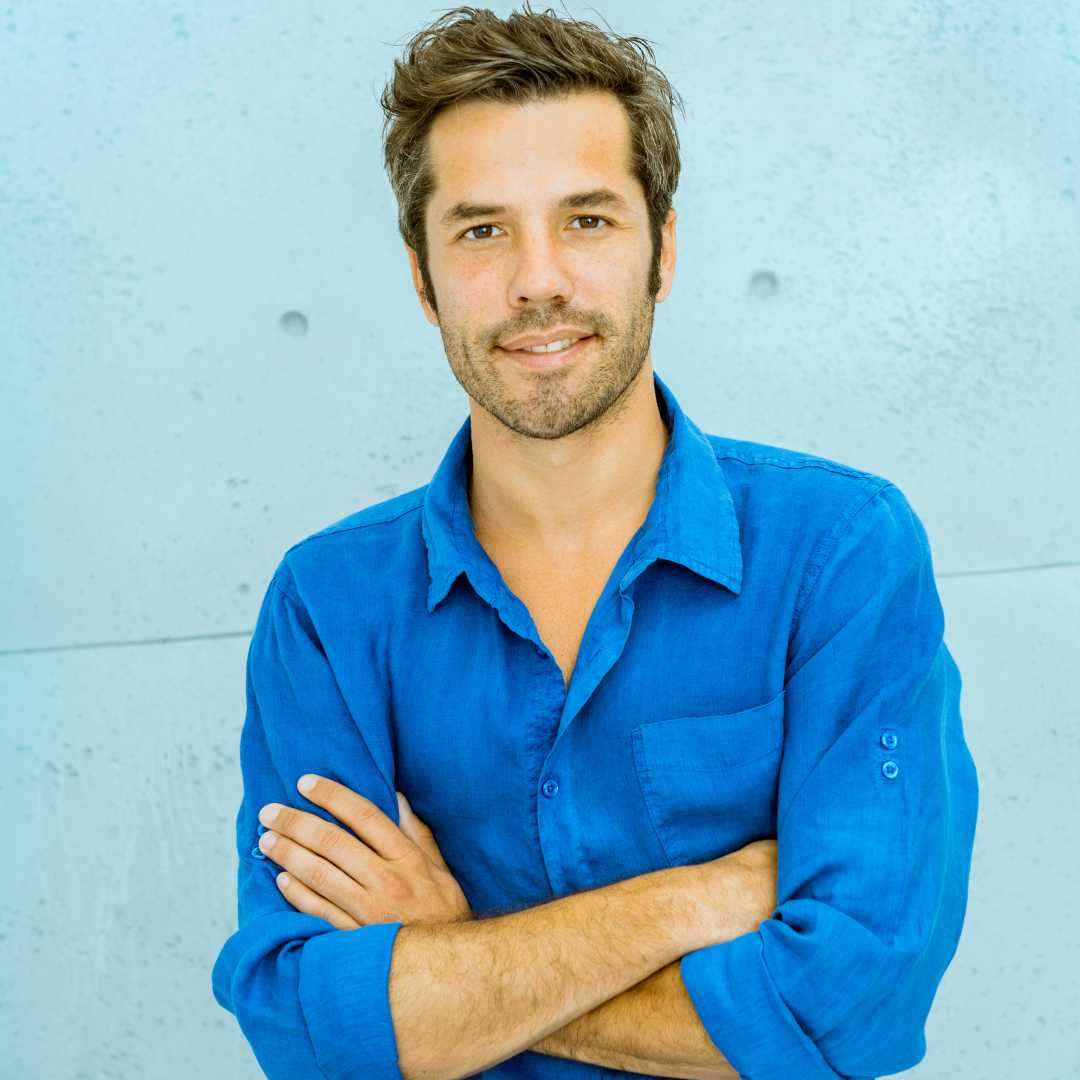


.png)
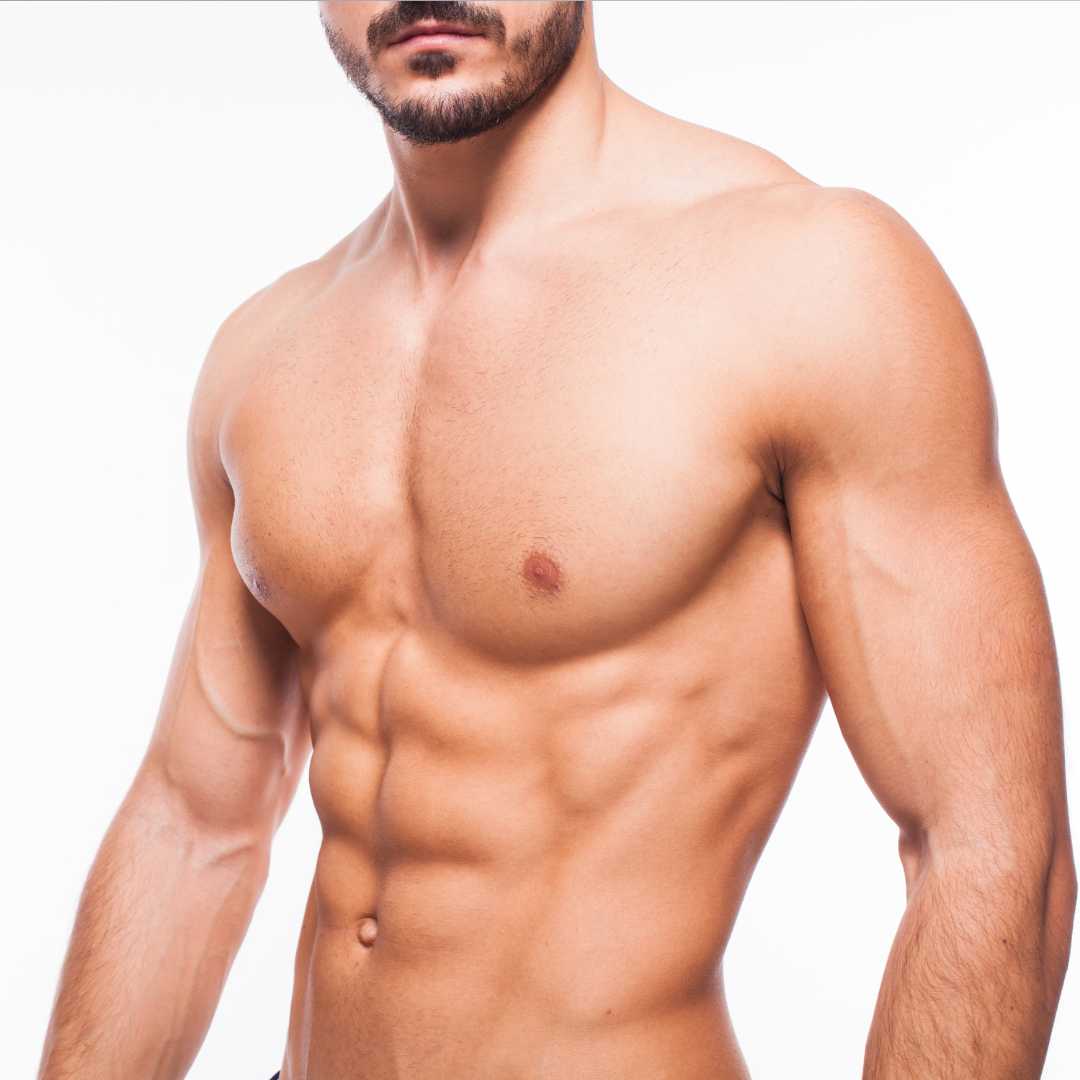


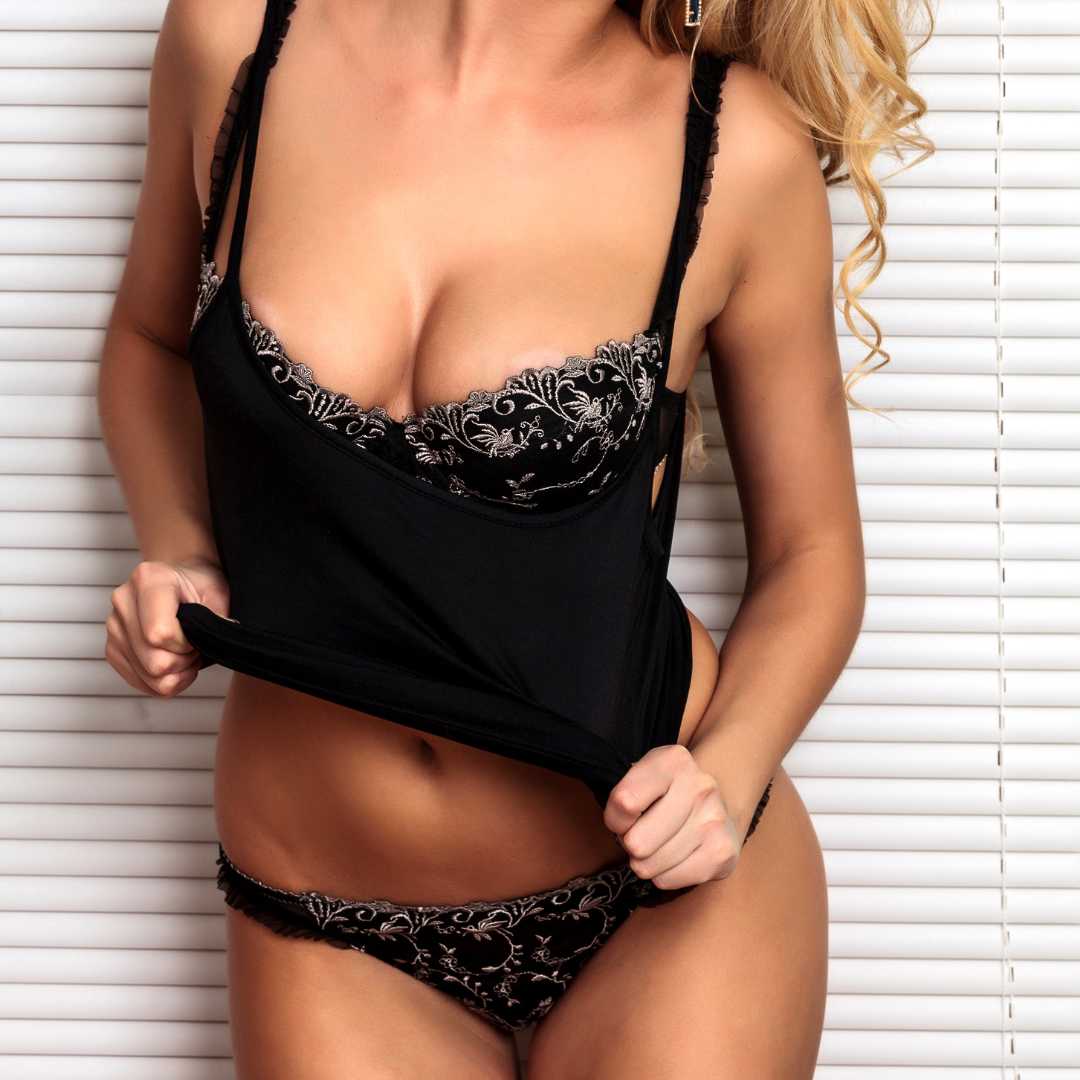

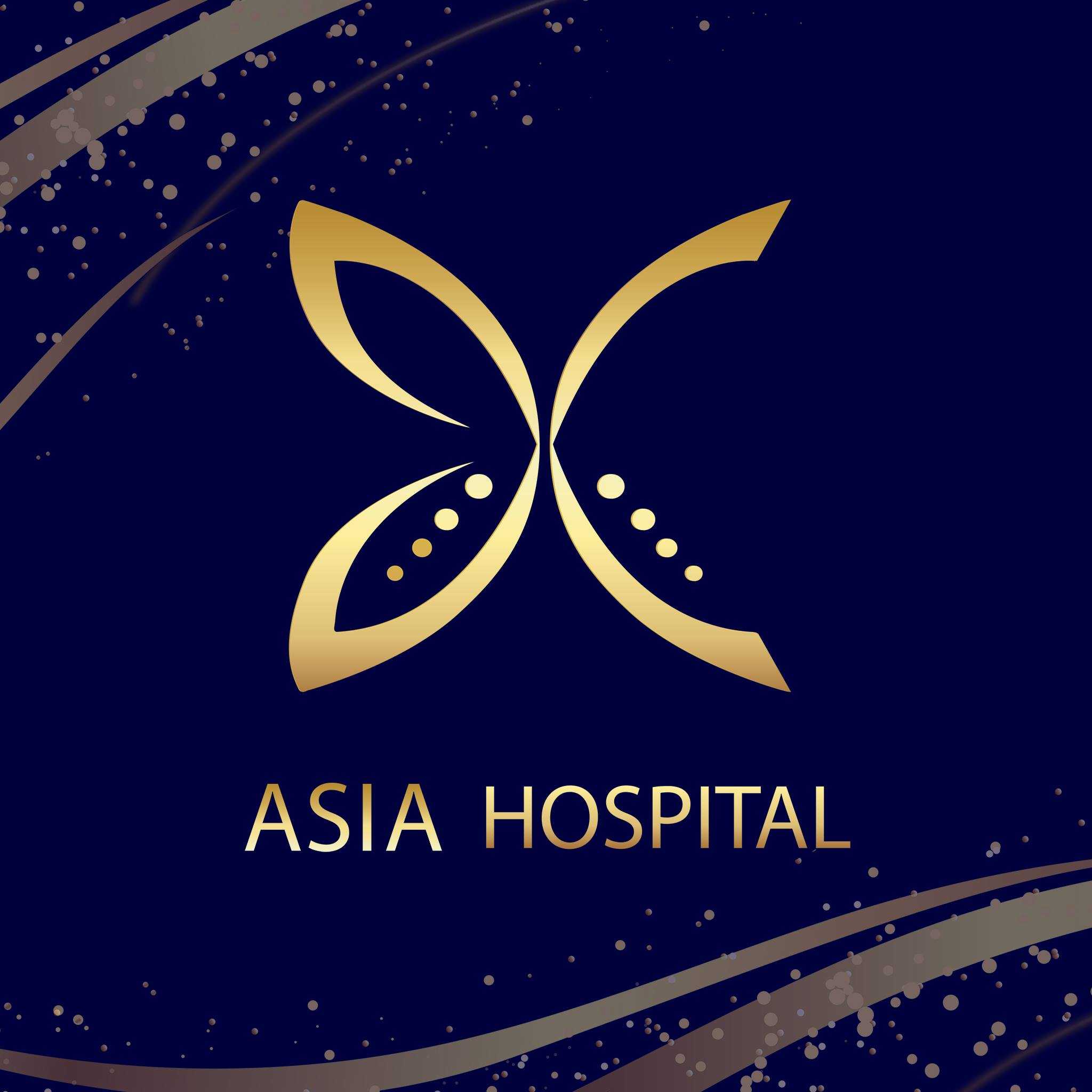
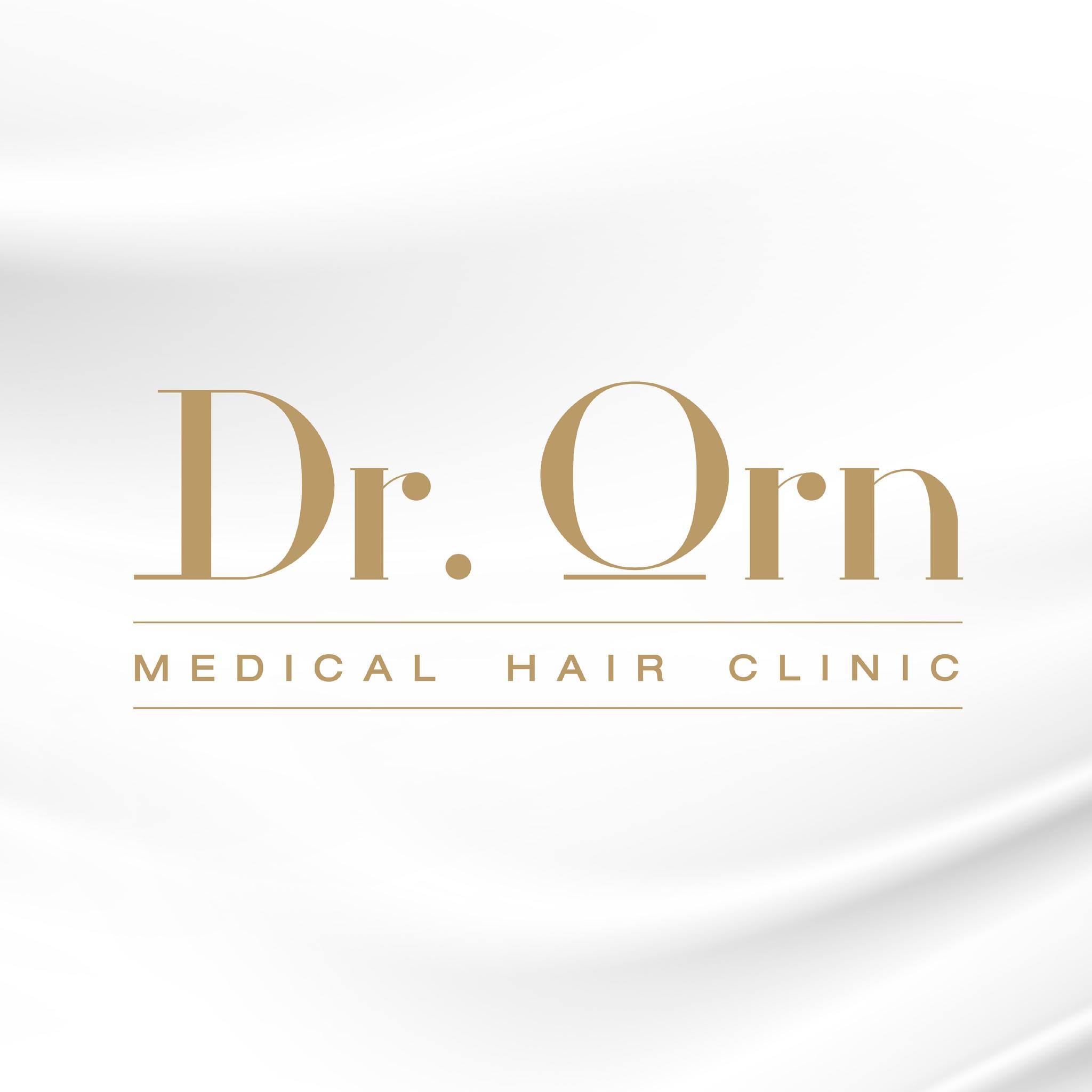



Share this listing